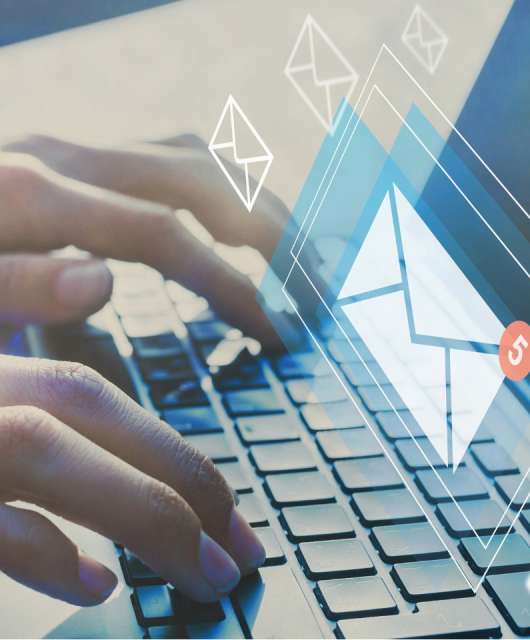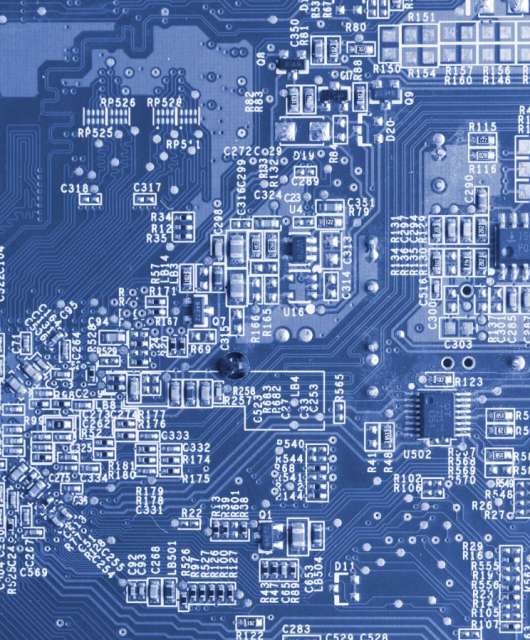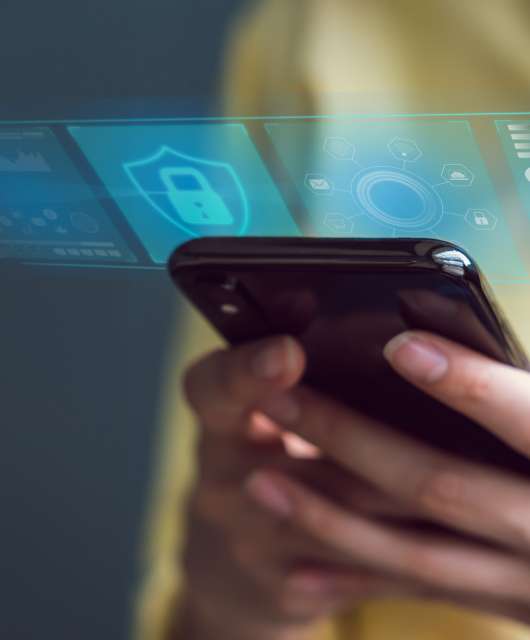Cybercrime is an undeniable constant in the business landscape these days. The cost of cybercrime is constantly rising—it is estimated that by 2021, it will have reached $6 trillion. Cyberattacks on large companies tend to grab headlines all around the world because of their spectacular impact. However, there is one sector that, though it doesn’t normally generate headlines when it suffers a cyberattack: SMEs.
SMEs in Spain: the main victims of cybercriminals
According to a report published by Google last year, SMEs—which make up 99.8% of Spain’s business fabric—are the main target of cybercrime in Spain. In 2018, the period analyzed in the report, this kind of business suffered 102,414 cyberattacks. One of the main reasons for this is the fact that most of these companies don’t think they are an attractive target for cybercriminals. This statistic is the reason that almost 3 million companies in Spain are poorly protected, or completely unprotected, against cyberattacks.
When we consider the repercussions for an SME of a cyberincident, this attitude to cybersecurity may even seem reckless. According to the report, the average cost of a cyberattack for an SME is €35,000. More worrying still is the fact that 60% of SMEs are forced to close down six months after being targeted by a cyberattack.
SME cybersecurity problems
As well as believing themselves to be immune to cyberattacks, or simply showing a lack of interest, may SMEs have other habits that can endanger their IT security. Only 36% of the companies surveyed use security protocols such as two-factor authentication, while just 14% regularly update their passwords. Just 21% of SMEs regularly create backups. This last measure is a vital part of the protocols needed to recover from a ransomware attack.
A global problem
The cybersecurity problems in SMEs aren’t limited just to Spain; all over the world, this business sector has to deal with cybersecurity issues. According to Beazley Breach Response Services, 71% of ransomware attacks target SMEs. The average ransom demand for this kind of attack is $116,234.
In more general terms, 43% of all cyberattacks target this kind of company, while just 14% of these businesses are prepared to defend against their effects.
Awareness: an essential tool
In the business world, cybersecurity awareness is the main challenge; employees’ actions are often the first line of defense against a cyberattack To ensure that a cyberincident doesn’t cause serious damage to a company, it is important that its employees follow a series of vital tips:
- Never open attachments from unknown senders. 92% of the malware in the world arrives via email.
- Don’t plug in an unknown USB device. It may contain malware that could cause grave problems for the company.
- Get into the habit of updating passwords. This way, even if a password is leaked in a data breach, it won’t become a security risk.
- Update the system Updates for the system and for third party applications are an important barrier against security breaches.
Cybersecurity solutions: an essential tool
In line with the data discovered in these studies, we can conclude by stating that cybersecurity measures are vital in all kinds of organizations, whether they are small, medium or large enterprises. This is why it is necessary to strengthen our company’s defenses in order to stop a cyberattack from paralyzing our economic activity, or even bring about its end.
Using the right tools for each company is a must to keep computers safe. A defense method capable of protecting against malware of all kinds, even before it can attack, is indispensable. Solutions such as Panda Adaptive Defense, which integrates endpoint protection and endpoint detection and response (EDR) capacities with the 100% Attestation Service. All of this is provided via a single, lightweight agent, and facilitates risk and security alert management in your company. Our advanced cybersecurity solution provides a detailed overview of all activities on every endpoint, total control of running processes, and reduction of the attack surface. This way, your system is secured against attacks originating both inside and outside the company.





